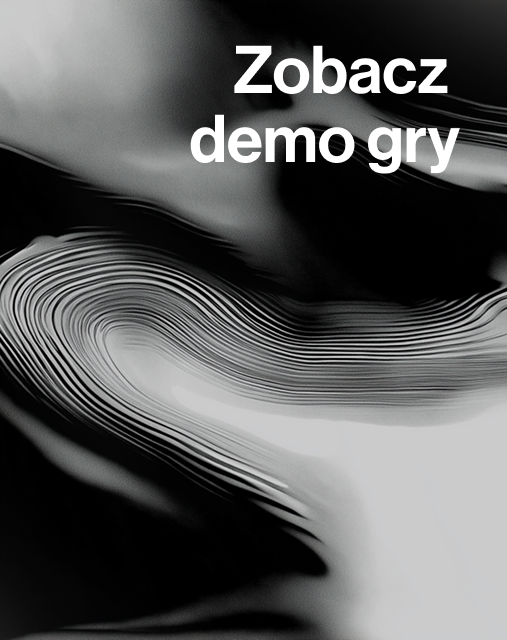The K.I.D.S. Foundation and Publicis approached us with an idea:
"We’re creating an interactive PIT (tax return) game based on Arkanoid to promote donating 1.5% of taxes to the Foundation. Can you help?"
It didn’t take much convincing, especially since the project presented an exciting technological challenge. One of its key goals was to use the PDF format to display the game. However, we quickly discovered major limitations: PDFs don’t support dynamic animations or interactions.
"Interactivity was particularly problematic, as only the native Chromium reader supports JavaScript. Additionally, the lack of debugging tools meant that errors weren’t visible in the console and could completely halt code execution."
— Vladyslav Prosolupov, Tech Lead at Panowie Programiści.

